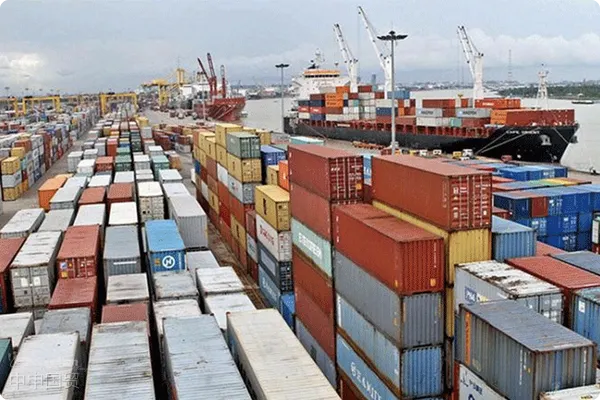- Shanghai Zhongshen International Trade Co., Ltd. - Two decades of trade agency expertise.
- Service Hotline: 139 1787 2118

Deconstructing the Agency Fee System for Imported Equipment from a Professional Perspective
Against the backdrop of global supply chain restructuring in 2025, enterprises must pay special attention to the transparency and reasonableness of cost structures when selecting import equipment agency services. This article is based on the latest "Im...Export RepresentationService Fee Guidelines", in conjunction with mechanical and electricalEquipment ImportsTypical cases, in-depth analysis of the composition logic of agency fees.
Analysis of Core Cost Components
The agency fees for imported equipment mainly consist of the following five components:
- Basic customs declaration fee
- HS Code Classification Service Fee: 800-1500 RMB/item
- Declaration document processing fee: 0.08%-0.15% of the cargo value
- Logistics and transportation costs
- Special equipment transportation surcharge: 1.2-3 times the cost of standard equipment.
- Port storage fee: 40-80 RMB/ton/day (charged after exceeding 72 hours)
- Statutory tax and fee services
- Customs duty guarantee management fee: 0.3%-0.5%/month
- VAT prepayment service fee: 500-800 yuan per invoice
Comparison of fee structures among different service providers
According to the industry survey data for the first half of 2025:
- Comprehensive package service: The value of goods is 2.5%-4.2% (including the emergency response fund).
- Modular service: The cumulative single-item cost can reach 3.8%-5.6% of the cargo value.
- Basic customs clearance service: 0.8%-1.5% of the cargo value + fixed fee
Three Major Strategies for Reducing Comprehensive Costs
An automotive parts company achieved cost optimization through the following measures:
- Batch import negotiation: Quarterly imports exceeding $3 million are eligible for tiered rates.
- Logistics route optimization:Selecting a Class II port reduces port fees by 30%.
- Tax Planning in Advance: Utilize free trade agreements to save 5-8% in tariff costs.
Precautions for Selecting a Proxy Service Provider
- Check on-site emergency response capabilities (directly impacting port detention costs).
- The historical return rate should be below 0.3% (industry average 1.2%).
- Does the payment cycle align with the company's cash flow (the optimal solution is a 45-day payment term after the goods arrive at the port)?
A certainMedical EquipmentImport cases demonstrate that professional agency companies successfully recovered 12.7% of tariff losses for enterprises through classification dispute reviews, proving that the value of high-quality service providers far exceeds the difference in basic service fees. It is recommended that enterprises establish a system includingSingle ticket cost,Risk cost,Time CostThe three-dimensional evaluation system selects partners who truly possess cost control capabilities.
Related Recommendations
? 2025. All Rights Reserved. Shanghai ICP No. 2023007705-2  PSB Record: Shanghai No.31011502009912
PSB Record: Shanghai No.31011502009912










